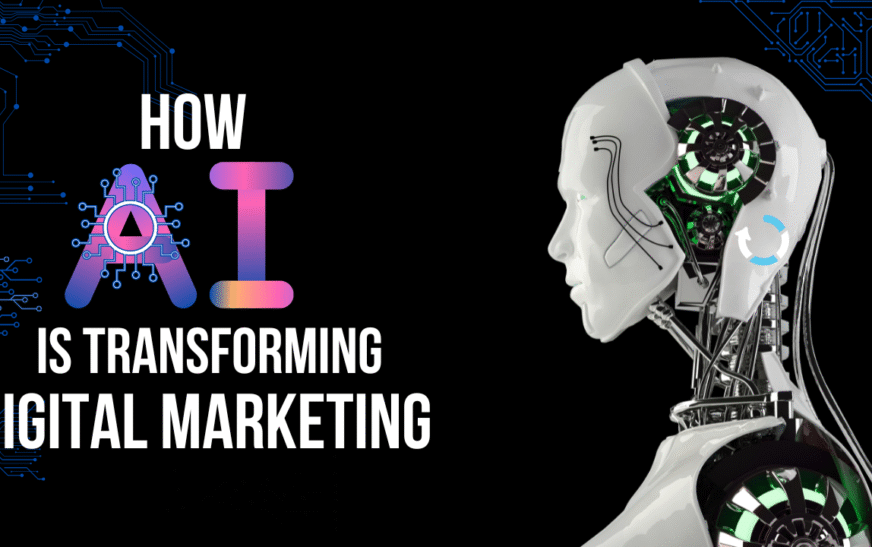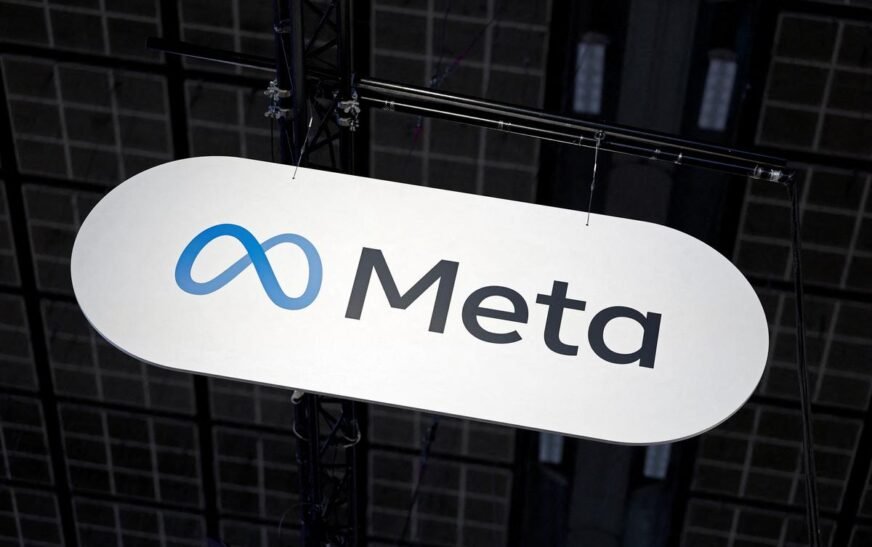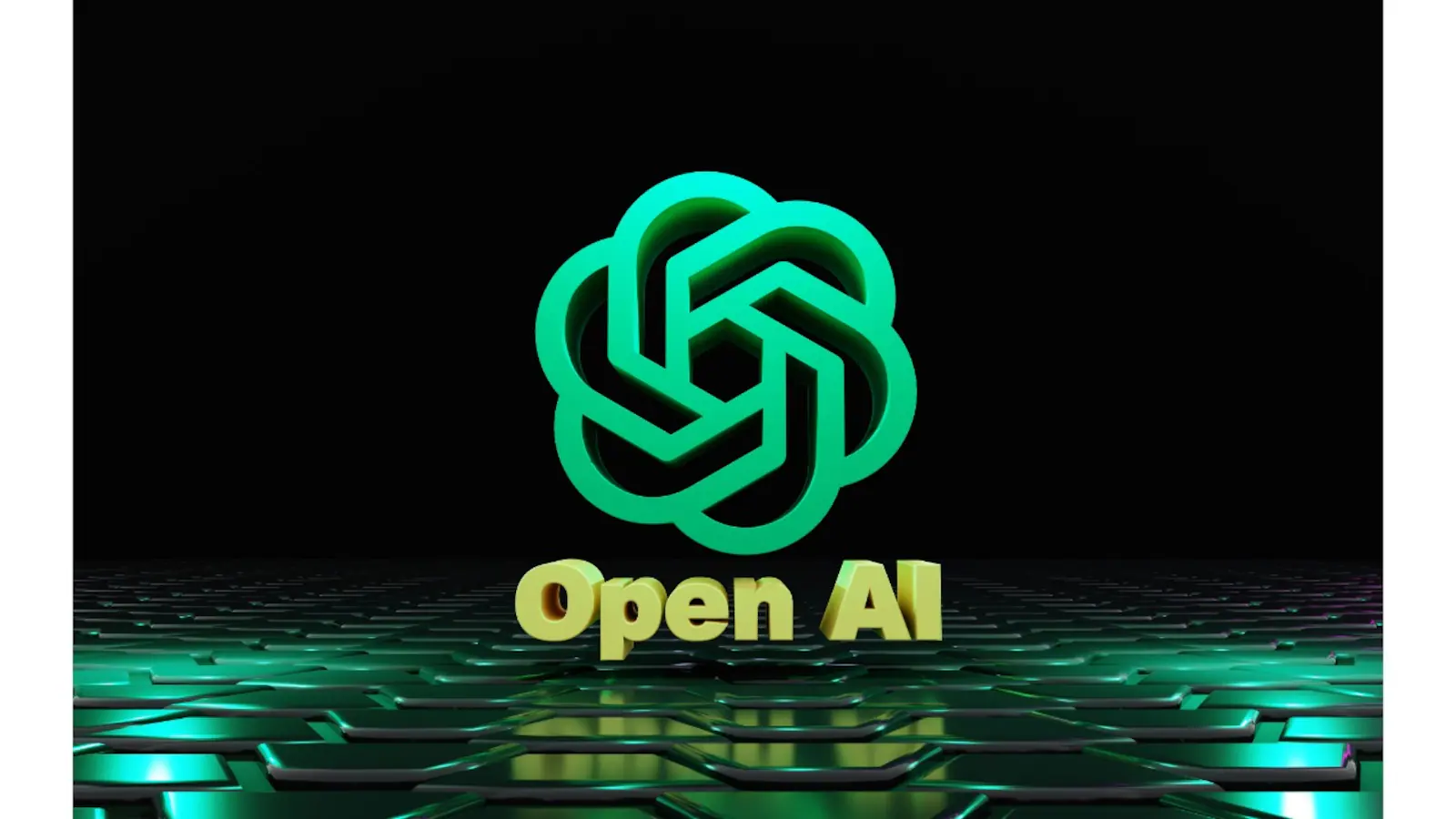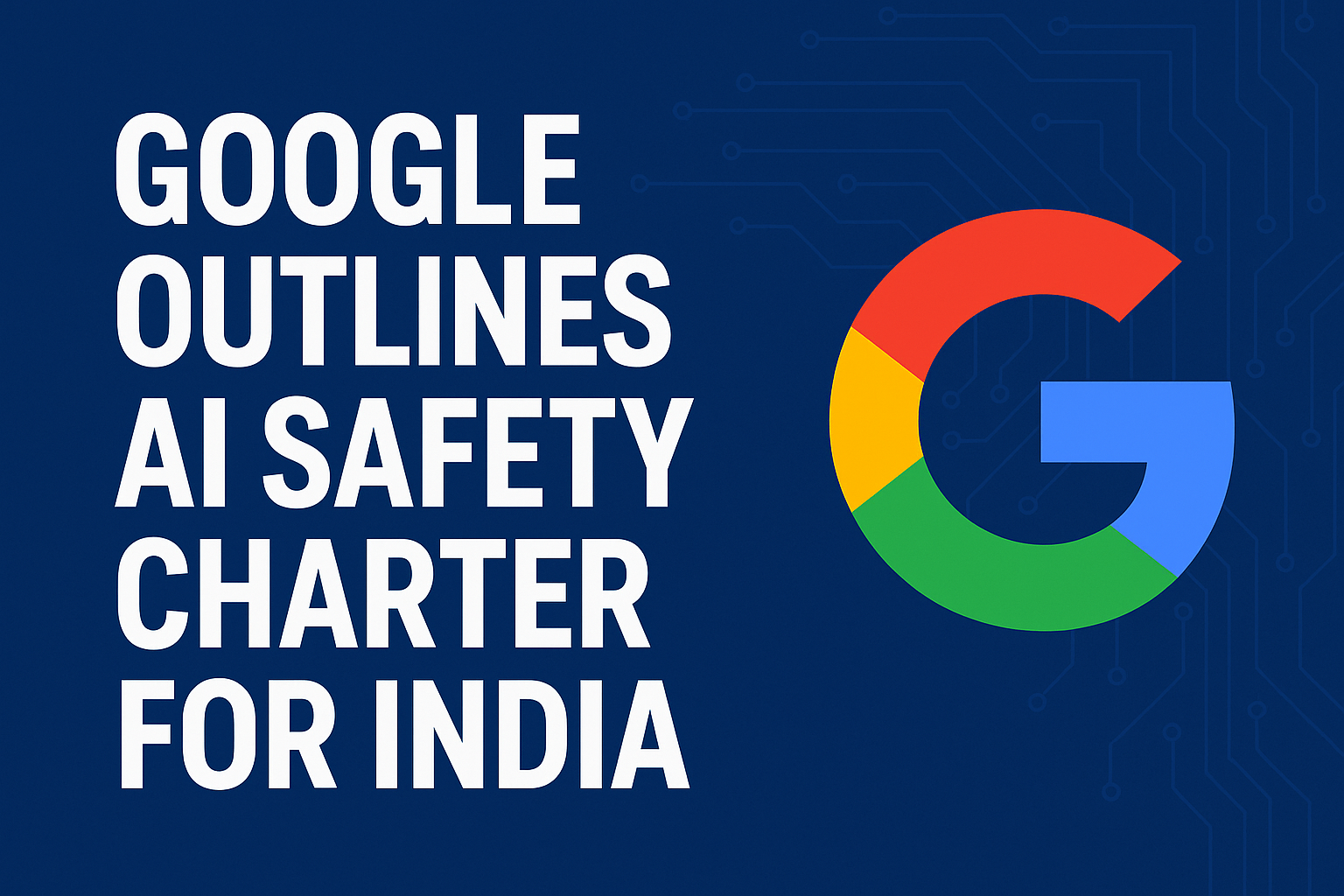AI workloads spike hard, change fast, and cost real money. Serverless microservices let you scale each piece independently, pay only for what you use, and move faster than with monolithic apps or DIY Kubernetes. You’ll ship models to production sooner, keep infra costs sane, and sleep better when demand explodes.
Why AI scalability is a different beast
Unlike classic web apps, AI/ML workloads are bursty, heterogeneous, and expensive:
- Training vs. inference vs. data prep need very different compute footprints.
- LLM and RAG pipelines spike with traffic, batch jobs, or campaign launches.
- GPU capacity is scarce and pricey—over-provisioning hurts, under-provisioning hurts more.
- Teams iterate weekly (sometimes daily): new model versions, new prompts, new embeddings.
Trying to force all of that into a monolithic app or one giant Kubernetes cluster quickly becomes a tangle of YAMLs, node pools, and hand-tuned autoscalers. That’s where serverless microservices shine.
What do we actually mean by “serverless microservices” for AI?
Short answer: Break your AI pipeline into small, independently scalable, event-driven services and run them on managed, pay-per-use platforms (e.g., AWS Lambda, Google Cloud Functions, Azure Functions, Cloud Run, Azure Container Apps). You glue them together with managed queues, streams, and workflows (SQS, Pub/Sub, Kafka, EventBridge, Step Functions, Workflows, etc.).
Typical decomposition
- Data ingestion & validation → serverless functions triggered by events.
- Feature engineering / ETL → serverless + managed batch (e.g., Glue, Dataflow, Snowpark) or serverless Spark.
- Model training → managed training jobs (SageMaker, Vertex AI, Databricks Jobs) kicked off by events.
- Model registry & deployment → serverless APIs or containers with autoscaling (Lambda, Cloud Run, Azure Functions/ACA).
- LLM/RAG inference → serverless containers with GPU burst capacity or managed endpoints.
- Monitoring & drift detection → serverless consumers processing logs/metrics in real time.
9 reasons serverless microservices win for AI scalability
1) Granular autoscaling
Each step (embedding generation, vector search, feature transformation, inference) scales independently. You don’t buy a huge cluster for the worst-case path.
2) Pay-per-use economics
When inference requests dip at 3 AM, your cost drops with them. No idle GPU bills haunting your monthly FinOps review.
3) Fast iteration & isolation
Try a new model? Deploy it as a separate, serverless microservice. Roll back instantly. You don’t touch the rest of the pipeline.
4) Event-driven reliability
SQS / PubSub / EventBridge decouple producers from consumers. Retries, DLQs, idempotency become the default pattern—exactly what fragile AI data pipelines need.
5) Polyglot freedom
Want Python for training, Rust for vector DB shims, and Node.js for the API? Fine. Serverless doesn’t care.
6) Built-in security & governance
You inherit least-privilege IAM, VPC integration, secrets managers, audit logging—without building it from scratch.
7) Simpler MLOps
Managing one massive infra surface is hard. Smaller, well-defined functions/services make CI/CD, canary deploys, shadow tests, and blue/green much easier.
8) Predictable SLOs
You can provision concurrency to guarantee warm capacity for latency-critical paths (e.g., LLM chat endpoints), while letting non-critical jobs stay fully on-demand.
9) Future-proofing
AI frameworks & hardware change every 6 months. Serverless platforms evolve underneath you. You stay focused on models, not machines.
Patterns that work (and some that don’t)
Pattern: Event-driven, loosely coupled pipelines
- Use queues, streams, and workflows between stages
- Each stage is a small, testable, deployable unit
- Fail one stage without taking down the entire pipeline
Pattern: Serverless control plane + managed training plane
- Orchestrate workflows via serverless functions + Step Functions / Workflows
- Offload heavy training to managed GPU/TPU jobs, triggered by events
Pattern: RAG on serverless + vector DB
- Embeddings generation via serverless functions
- Vector search via managed services (Pinecone, PGVector, Astra, AlloyDB Omni, OpenSearch)
- LLM inference on serverless containers or managed endpoints
Anti-pattern: Ultra-low-latency GPU inference on cold Lambda
If you need p95 < 50ms, pure on-demand serverless won’t cut it. Use provisioned concurrency, serverless containers with min instances, or dedicated managed endpoints.
How to mitigate cold starts (and when they’re okay)
Cold starts are real—but manageable:
- Provisioned Concurrency / Minimum Instances for hot paths
- Warmers / pingers for predictable traffic
- Container-based serverless (Cloud Run, ACA) with a small min replica count
- Keep inference weights in memory to avoid reloading large models on each request
- For batch AI jobs, cold starts often don’t matter at all
Observability, FinOps & guardrails you actually need
Don’t ship blind. Add:
- End-to-end tracing (X-Ray, Cloud Trace, OpenTelemetry)
- Cost allocation tags per service/model/version
- Real-time model performance dashboards: latency, rejection rates, drift, hallucinations (yes, measure them!)
- Feature store lineage + data versioning (Feast, Tecton, Lakehouse tables)
- Policy-as-code (OPA, AWS SCPs) to prevent dangerous configs
Kubernetes vs. serverless for AI: Which one when?
| Use case | Serverless microservices | Kubernetes / DIY clusters |
|---|---|---|
| Spiky inference traffic | ✅ Excellent | ⚠️ Needs careful autoscaling |
| Always-on low-latency inference | ⚠️ With provisioned concurrency | ✅ Strong |
| Heavy custom training loops | ⚠️ Use managed jobs instead | ✅ Strong |
| Small teams, fast iteration | ✅ Best fit | ⚠️ Ops overhead |
| Strict GPU placement & optimization | ⚠️ Limited control | ✅ Full control |
Reality check: Many teams do hybrid: serverless for orchestration & light inference, plus managed training endpoints or tuned clusters for the heavy hitters.
Migration roadmap: From monolith/K8s to serverless AI
- Map the pipeline: ingestion → features → train → register → deploy → monitor.
- Identify hotspots: Where do you overpay? What breaks under load? What’s slow to update?
- Carve out the least risky stage (often: feature gen, batch scoring, or data prep) into a serverless unit.
- Introduce events & queues between remaining monolith/K8s pieces.
- Move inference endpoints to serverless containers with min instances.
- Bake in observability + FinOps tagging from day 1 (not day 90!).
- Iterate, measure, repeat until the high-churn, high-variance parts are fully serverless.
Real-world examples (anonymized patterns we keep seeing)
- Consumer app launching an LLM-powered assistant: moved from one big API server to serverless inference endpoints + vector search microservice. Cut latency variance 40%, infra bill down 28%.
- E-comm personalization team: split feature generation, batch scoring, and real-time scoring into independent serverless services. Now they A/B test models weekly without touching core infra.
- FinTech fraud detection: built a step-function-driven pipeline with streaming feature updates, serverless inference, and GPUs only where needed. Team deploys multiple model versions in parallel for shadow mode.
FAQs
Q1. Can I run GPU inference in a serverless model?
Yes, with serverless containers (e.g., Cloud Run, Azure Container Apps) or managed endpoints (SageMaker, Vertex AI). Cold starts + concurrency planning still matter.
Q2. Isn’t Kubernetes cheaper long-term?
Sometimes—for high, steady, predictable load with deep platform engineering. For most teams doing rapid iteration with spiky traffic, serverless is cheaper and faster to ship.
Q3. How do I keep latency low?
Use provisioned concurrency, min instances, and in-memory model caching. Put vector DB and feature store close to the inference service. Consider compiled runtimes (Rust/Go) for light glue code.
Q4. What about data governance?
Serverless actually helps: per-service IAM, isolated VPCs, managed secrets, audit trails, and policy-as-code make it easier to prove compliance.
Final word
You don’t win AI markets by babysitting nodes and YAML. You win by shipping smarter models faster, learning from production, and keeping costs under control. Serverless microservices give AI teams that agility without the platform tax. Start small, migrate the high-churn pieces first, measure relentlessly—and you’ll feel the difference in your speed, SLOs, and spend.












